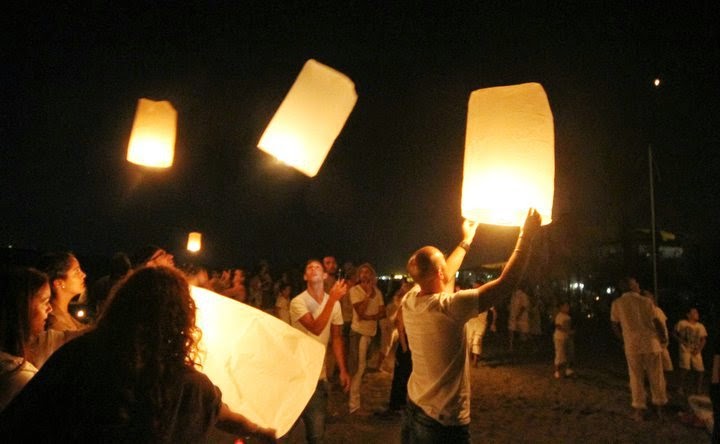Are you looking for a dream
home but your expectations exceed your budget?
Have you got a long wish list
and expensive taste but limited budget?
So why not
just find a house that needs some work and do improvements you’d like to make. You can have the quality you want and still be able to afford it.
One of the
nice aspects about buying a repossessed house is that the purchase is not
contingent on the temperature of the real estate market -- whether hot, cold or neutral -- any time is a good time to buy it. Especially
if you buy house for less than everything else around it. The advantages are
obvious:
·
Lower
sales price
·
Less competition (not
everybody wants a fixer upper)
·
Potential
for resale profit
·
Gain repair knowledge, which
will help you to properly maintain the home
·
Personal satisfaction when the
projects are completed
Remember, if
you make a purchase offer at the right price, you make money the day you
close. Because the time to think about selling is the day that you buy, even if
you have no immediate plans to sell.
The perfect repossessed
house is the one that everybody wants when fixed up but few can see past its
imperfections to buy. The peeling paint, sagging ceiling or worn carpet are
correctable features that turn off many home buyers. They can't see past the disarray. Most first time home buyers want to buy a home in pristine condition, one
that is turnkey and ready to occupy.
What to Look For in a Fixer Upper Home:
·
Location.
Always pick the worst house on a good street, rather
than a good house on a bad street. You can fix the house, you can’t do anything
about the neighbourhood.
·
Layout.
If the home is chopped up with
a bad layout, realize that it
can be expensive or impractical to move walls. The layout should flow.
·
Condition.
Consider your expertise and
whether you want to tackle a home that requires a major renovation to make it
habitable. Minor cosmetic improvements are typically less costly and easier on
your budget.
A repossessed
house is not going to be staged for you, so you have to think creatively. You
will have to overlook wallpaper and ugly light fixtures. You have to imagine
that house without the heavy curtains and all the stuff. You have to be able to walk into an awful-looking
house and visualize what it could be like with new paint and wallpaper and a
few key renovations. It’s all
about looking for the opportunities when inspecting a potential buy.







































